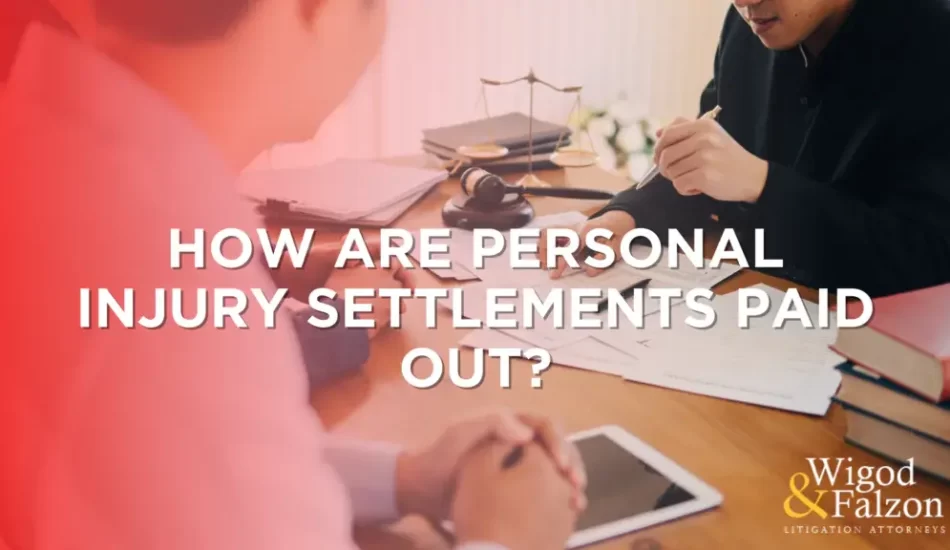How Are Personal Injury Settlements Paid Out?

After an injury, you may feel anxious to receive your compensation. However, personal injury settlements can get quite complex. Understanding the process for getting justice and putting the case behind you can make it a little easier.
Keep reading to understand, “how are personal injury settlements paid out?”
How Are Personal Injury Settlements Paid Out?
1. Signing a Release Form
Once your attorneys and insurance company have agreed to a settlement amount, it’s time to sign on the dotted line. You’ll most likely sign several documents, but the most important one is the release.
The release form is a legal agreement between two parties in which one party waives the right to hold the other responsible for damages. This form also releases the at-fault party/insurance company from any future liability or damages.
In some cases, all parties may have a hard time agreeing on the terms of the release, even after they’ve agreed on the settlement amount—this can cause delays in paying out a settlement.
2. Writing and Depositing The Check
Once the signed release goes to the at-fault party’s insurer, they will write a check. Then, the check is made out to you and your attorney and sent to the law firm.
Your settlement money is now in the hands of your legal team. Before you get your money, however, they will deposit it into their legal trust account.
3. Negotiation of Your Debts
It’s fairly common for injured people to owe portions of their settlement to third parties. Often referred to as “liens,” these debts can be negotiated, and your attorney will fight tirelessly to reduce the amount you owe.
Liens against a personal injury settlement often come from:
- Healthcare providers: Health insurance typically won’t cover medical expenses entirely. In cases of serious injuries or long-term care, the costs add up quickly.
- Government health insurance programs: Sometimes, the state has the power to pursue compensation. For example– if Medicaid paid your bills, they have rights to the final settlement, and even to file a claim if the injured person doesn’t pay.
- Group health insurance carriers: If your insurance provider covered your medical bills and filed a lien, you may have to reimburse them for the amount they paid.
Once all liens are agreed upon, your attorney will pay the lienholders out of the settlement funds. It’s worth noting that there can be a large amount of back-and-forth in this step of the process, and it may extend the time it takes to complete the settlement.
4. Receive Your Money
Once all debts, fees, and other expenses are finalized, you will meet with your attorney to finish your case. They will provide a settlement packet, where you’ll find a copy of your release and all of your paid expenses. Then, you’ll review all documents and sign the last of your paperwork.
After that, you will receive your check! This can be done in person or, with the option to have the law firm deposit the insurance check and send you your portion in the mail.
The final step is to relax, and find peace in the fact that you’ve gotten the money and justice you deserve after an injury.
Need Help With a Personal Injury Settlement? Contact Us Today
Now that you know how personal injury settlements are paid out, our attorneys at Wigod & Falzon stand ready to get you what you need and deserve.
We work on a contingency fee basis, which means no recovery = no fee. Rest assured that you’ll be in great hands with an attorney that truly cares about you and your case. Contact us today!


